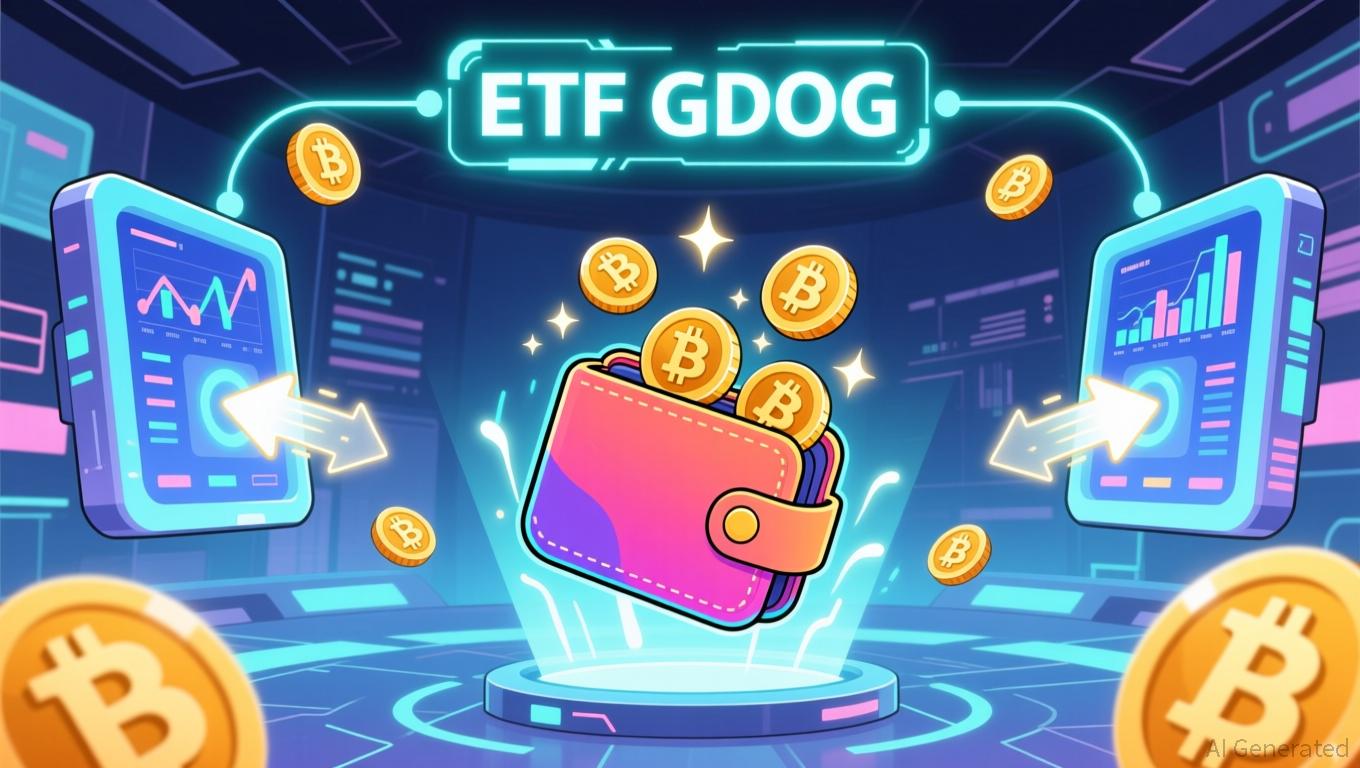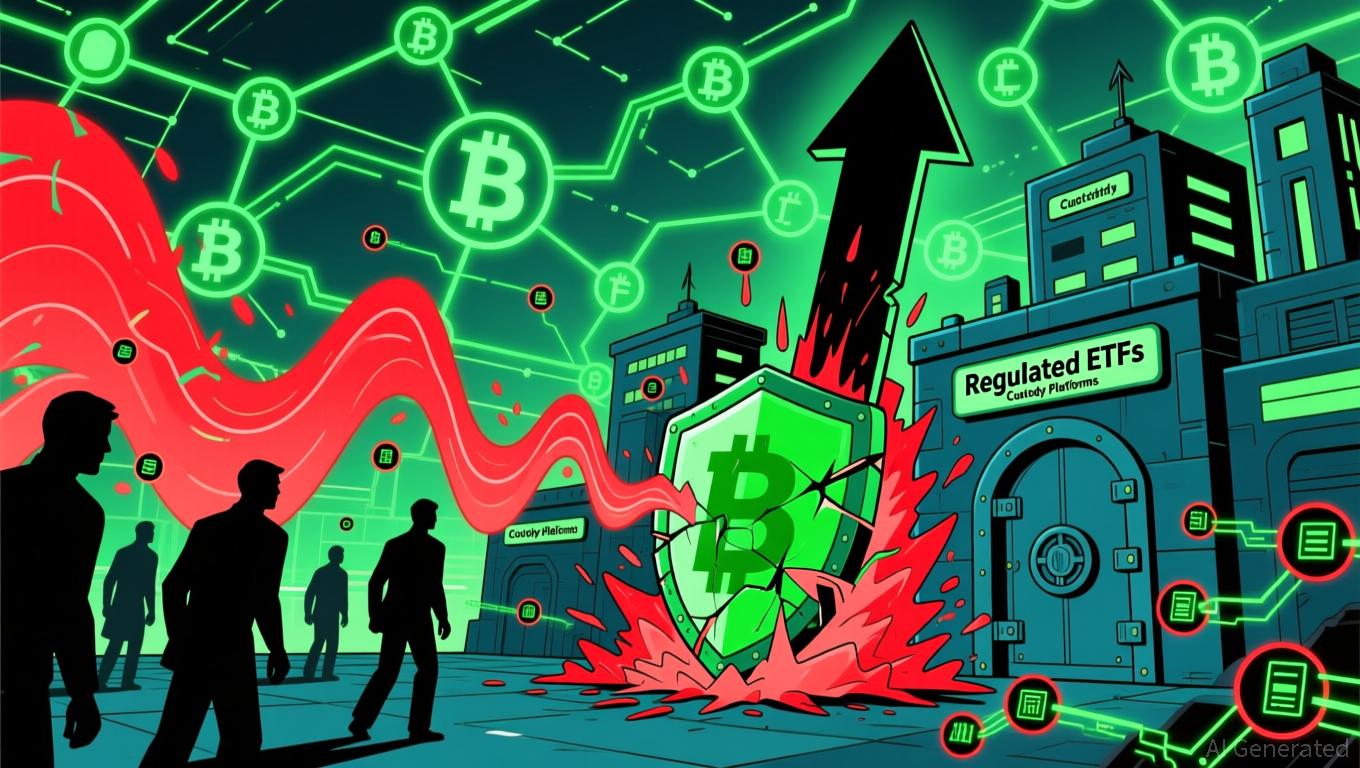Investment Giant Bitwise Reveals: “Bitcoin Cycles Are No Longer 4 Years, They’re 2 Years” – Here Are the Details
Bitwise analyst Jeff Park argued that Bitcoin’s (BTC) historically adopted 4-year halving cycle is now obsolete and the market is transitioning into a new “2-year price cycle” with the transition to the institutional era.
According to Park, Bitcoin's future price movements will no longer be the product of miner economics and supply shocks, but rather ETF-based fund flows and professional investor psychology.
Park noted that the old cycle was shaped by miners' costs and halving-induced supply contractions. He noted that this, combined with media attention, retail investor FOMO, and leveraged bull markets, created a self-perpetuating psychological cycle. However, the analyst argued that this mechanism “belongs to the old Bitcoin,” saying that supply is becoming less of a factor. Therefore, Bitcoin prices are now determined by decisions from a wider range of factors.
The new cycle, according to Jeff Park, is driven by performance pressures from fund managers and the structural impact of institutional inflows through ETFs. Park noted that in modern asset management, investors primarily evaluate their returns based on year-end performance, noting that hedge funds and ETF managers often act based on P&L results dated December 31, and that during periods of increased volatility, exiting Bitcoin, the riskiest position, becomes more likely. Therefore, for institutional investors, the inability to maintain returns over time, or even a prolonged period where Bitcoin remains flat, leads to selling pressure.
” ]
The analyst emphasizes the importance of capital flow effects on prices and notes that the ETF era has created a new behavioral pattern for Bitcoin. For example, while the majority of capital injected into ETFs in 2024 will be profitable, most funds injected in 2025 will be at a loss, and these fund managers will either have to wait for a larger rally or consider taking a loss to meet their performance targets. He states that this situation has created a critical inflection point that could increase selling pressure in Bitcoin's new cycle.
According to Park, Bitcoin's current level of around $84,000 is a strategic area for ETF investors in terms of average cost. The massive inflows that occurred in October and November 2024, when Bitcoin was in the $70,000-$96,000 range, require Bitcoin to perform significantly stronger by 2026 to achieve the annual compounded returns these investors are targeting. If this performance doesn't occur, ETF investors will have two-year decision points, and these outflows could trigger the start of a bear market.
One of Park's most critical points is that even if Bitcoin doesn't rise, the passage of time has a negative impact. Fund managers present Bitcoin to their committees as an asset promising 25–30% compound annual returns. Even when the price remains stable, the annual return decreases, and Bitcoin begins to offer lower returns for the same risk. This creates a new price pressure mechanism for Bitcoin in the institutional era.
Disclaimer: The content of this article solely reflects the author's opinion and does not represent the platform in any capacity. This article is not intended to serve as a reference for making investment decisions.
You may also like
Dogecoin News Today: From Internet Joke to ETF: Dogecoin's Journey Toward Mainstream Faces Uncertain Challenges
- Grayscale's GDOG ETF (DOGE) launched on NYSE Arca, marking first U.S. ETP directly tied to Dogecoin , expanding institutional and retail access to the meme-turned-transactional cryptocurrency. - The non-diversified, unregistered product carries higher risks due to lack of 1940 Act compliance, with value directly exposed to DOGE's volatility and no liquidity guarantees. - GDOG's muted debut ($1.4M first-day volume) reflects Dogecoin's weaker market position compared to Bitcoin , amid broader crypto downtu

Bitcoin Updates: Quantum Threats and Institutional Withdrawals Cast Shadows Over Bitcoin's 2025 Prospects
- Bitcoin’s 2025 price forecasts stay below $100,000 due to halving cycles, quantum computing risks, and institutional divestment. - Quantum threats to elliptic curve cryptography, highlighted by experts like VanEck’s Seyffert and Buterin, raise long-term security concerns. - Institutional shifts, including $5.4B MicroStrategy liquidations and ETF outflows, underscore crypto’s fragility amid regulatory and technical headwinds. - Privacy-focused projects like Bitcoin Munari aim to address institutional dema

Webster, NY's Approach to Industrial Growth and the Transformation of the Xerox Campus
- Webster , NY, is transforming its Xerox campus brownfield into a high-growth industrial hub via infrastructure grants and zoning reforms. - FAST NY grants and $283M state funding target road, sewer, and electrical upgrades to make the site competitive with coastal industrial markets. - Zoning changes enable mixed-use development, including advanced manufacturing and residential components, creating a "bluefield" model. - State programs like Brownfield Opportunity Area reduce redevelopment risks through t

The Increasing Importance of Stablecoins as Strategic Assets Amidst Crypto Market Volatility
- Institutional investors use stablecoins like USDC and BUSD to balance crypto portfolio risk and liquidity. - Allocating 5-10% to stablecoins enables yield generation via DeFi while mitigating volatility from assets like Bitcoin . - Mathematical models show stablecoins reduce portfolio beta, acting as near-risk-free assets during crypto market turbulence. - March 2023 depegging events exposed stablecoin vulnerabilities, highlighting risks tied to collateralization and issuer credibility. - As crypto marke

